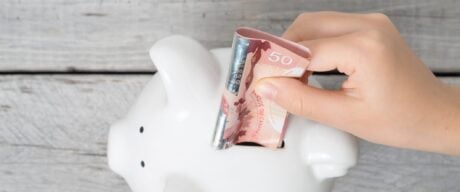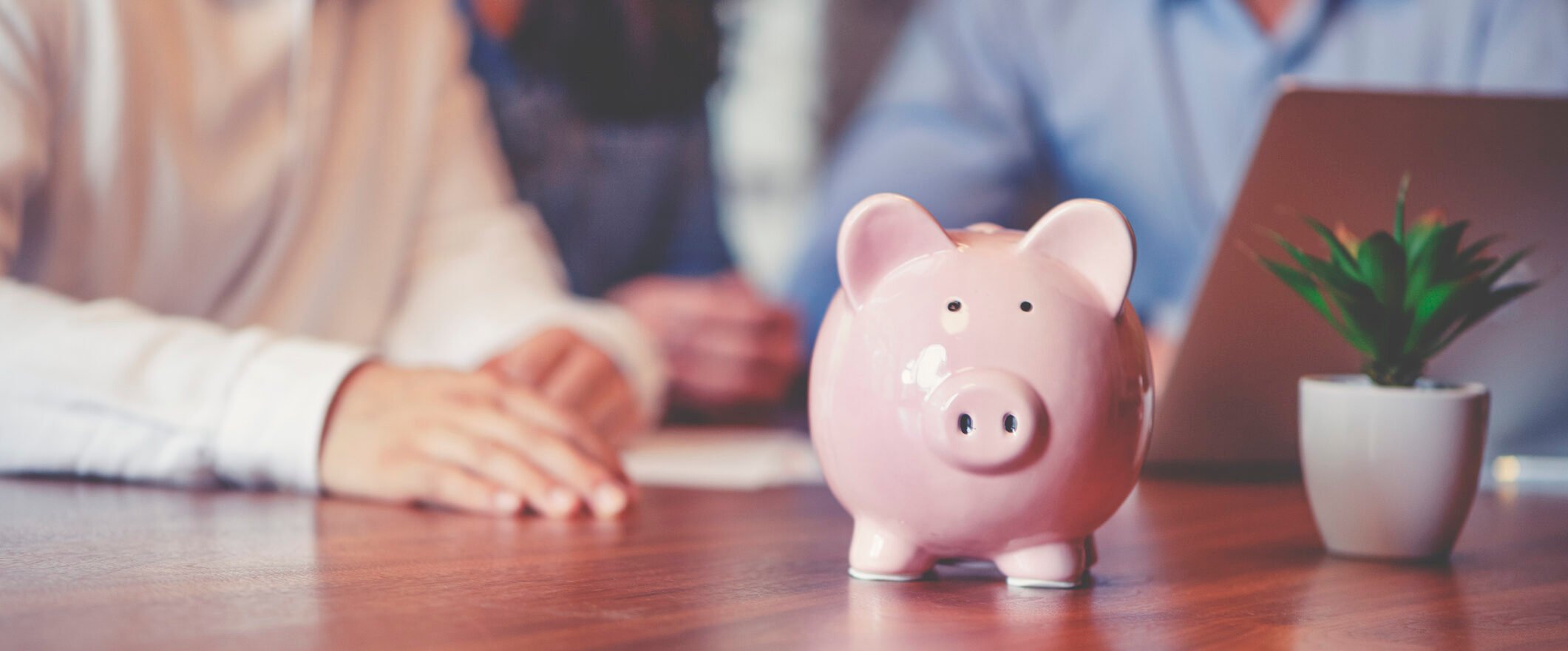You’ve probably heard it all before: “Save your money for a rainy day.” Of course, it’s not a rainy day you need to be concerned about, but a genuine emergency such as a job loss, illness, or any crisis that affects your finances.
After all, with more than half of Canadians living paycheque to paycheque, many of us are only one large unanticipated expense away from financial turmoil. That’s why emergency funds are so important.
What is an emergency fund?
An emergency fund is a separate cache of savings that can cover you during an emergency, giving you a sense of financial independence. It should be accessed only in desperate circumstances, such as:
- Job loss
- Accident or illness
- Fire, flood or other natural disasters (especially when you don’t have insurance to cover those incidents)
- Unexpected and necessary home or car repairs
How much should I save in an emergency fund?
Experts say you should have at least three to six months of living expenses saved as an emergency fund. Depending on your other debts and expenses, it can take a while to build that kind of nest egg. Don’t worry though, as long as you keep at it, stay patient and refuse to get discouraged, you will eventually get there.
Begin by examining your personal cash flow and figuring out how much you can afford to put aside per week from your monthly take-home income. There are many emergency fund calculators online that can help you determine the right amount for you. The most important thing is to start saving now if you haven’t already.
» MORE: How to make a monthly budget
How to build an emergency fund
Once you have an amount to shoot for and have made a commitment with yourself to get started, there are several ways you can accumulate the funds you need at a faster rate.
- Round it up. There are apps that will round up any purchase you make to the next dollar, with the difference going directly into savings. Similarly, be sure to collect any loose change around the house for your emergency fund.
- Sell things you no longer need. Whether you have a yard sale or market items for sale online, you’ll earn some extra cash that you can deposit in your emergency fund.
- Eliminate unnecessary expenses. For example, prepare coffee and meals at home instead of grabbing takeout. Then reallocate the money you would’ve spent into your emergency fund.
- Set up automated transfers. By moving a given sum from your chequing account into your emergency fund each week or month, you can be sure you won’t spend that money elsewhere.
- Add lump sum payments. Whenever you get an influx of cash, such as a tax refund or workplace bonus, put at least a portion of it into your emergency fund.
Where to keep an emergency fund?
You should definitely keep your emergency fund separate from other savings so you aren’t tempted to spend it. At the same time, the money needs to be readily accessible, as the nature of an emergency means you’d need to make withdrawals at a moment’s notice.
As such, you should opt for a high-interest savings account or a Tax-Free Savings Account (TFSA). This way, you’ll earn some interest on your emergency fund while keeping your savings easily accessible, and with a TFSA you’ll also shelter those interest earnings from income tax, which means your emergency fund can grow even faster.
If you are looking for more growth, you can also invest your emergency fund into an interest-bearing investment, like a guaranteed investment certificate (GIC).
It’s best, however, to avoid higher-risk investments, such as stocks, ETFs, bonds or mutual funds, when it comes to emergency savings. That’s because emergency funds are short- to mid-term investments, and you won’t be able to weather the volatile swings of the stock market that you normally could when investing over a longer period of time.
Instead, your emergency fund should be accessible right away and your principal pot of money should always be intact. That’s why low-risk, low-growth investments are preferable to high-risk high-reward investments when it comes to an emergency fund.
DIVE EVEN DEEPER

What Are T-Bills? How Do Treasury Bills Work in Canada?
T-bills are a low-risk investment choice because both your principal and interest are backed by the government, regardless of how much you invest.

How to Save Money in 8 Easy Steps
Trying to save money but not sure where to start? Follow these steps and watch your money grow.

Budgeting 101: How to Budget Your Money
A budget is a plan that helps you manage your money so you can spend and save wisely. Learn how to make a budget — and how to stick to it.

Tax-Free Savings Account: What a TFSA Is and How To Use It
A tax-free savings account (TFSA) can be used to tax-shelter your investment and the interest earned inside this account. You can contribute up to $7,000 in 2025.

